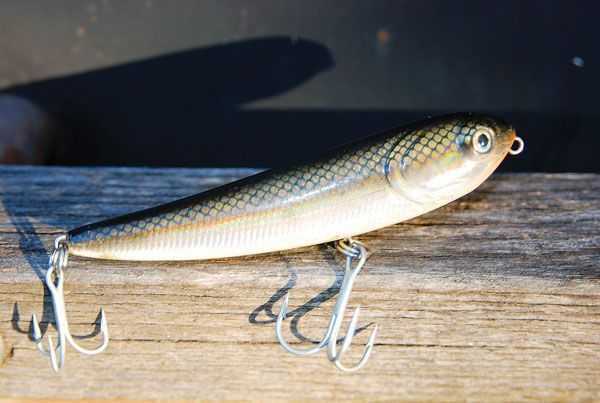
We hear it all the time in coastal fishing circles: Match the Hatch. Just what is it, and how close does one have to match to be effective at tricking speckled trout and redfish.
Several times throughout the year, our bays are filled with an abundance of one bait or crustacean that speckled trout and redfish will just literally go bonkers over. Seasonal baitfish and crustacean hatches or the movement of large juvenile bait concentrations during one of several stages in development is a fantastic concept to get as an angler and can make all the difference in the world to an anglers’ day-to-day consistency.
So what is meant with the term match the hatch? It simply means using a lure that closely resembles your chosen quarry’s prey. For example, the spring spawn and hatch of bay anchovies (Anchoa mitchilli), also commonly known as glass minnows begins when water temperatures reach the mid 50-degree range.
The bay anchovy is a smaller baitfish varying from one inch to about three inches as they mature. Generally, when trout start keying on them, they are about 1 ½ inch to 2 ½ inch long. The key characteristics are its shiny mirror like flash, and erratic darting motion when scared. I was asked about a week ago ‘How close do you have to match them?’ The answer to that is that you want to match the idea of the baitfish size and the action. One doesn’t have to perfectly match the profile and color to be successful. During the spring months you’ll find glass minnows in the lower half of most bay systems, and until the water warms above 70 degrees, you’ll find them near shallow oyster reefs that come near to the surface, or along sea grass drop offs along the shoreline. Now remember, the idea is to match the idea and action with the lure.
First take into account if you want to mimic a baitfish or a crustacean. In this case it’s a baitfish. I find with glass minnows, they are quite erratic darters when predators like speckled trout and redfish are near. Then, choose a size that somewhat represents the size of the baitfish that the predator is seeking. So with this in mind, a small top-water like the Lew’s Speed Pencil walked or twitched erratically, or a small dart like, rat tail soft plastic about three inches long will tend to get my vote.
What about Color? What we forget is that speckled trout and redfish quite often feed on their almost invisible, silent, prey in cloudy, sometimes downright dirty water. Color only makes a difference in as much as the color improves the lures visibility to the fish, or in clear water conditions, clear flake plastics may help a lure look more natural, causing a camouflaging effect of its unnatural features. I recommend anglers choose two dark colors for dark or muddy conditions, and two light colors for bright days in off color water, and two naturals or clear flake for clear water and get confident with those color choices.
[easy-social-share]